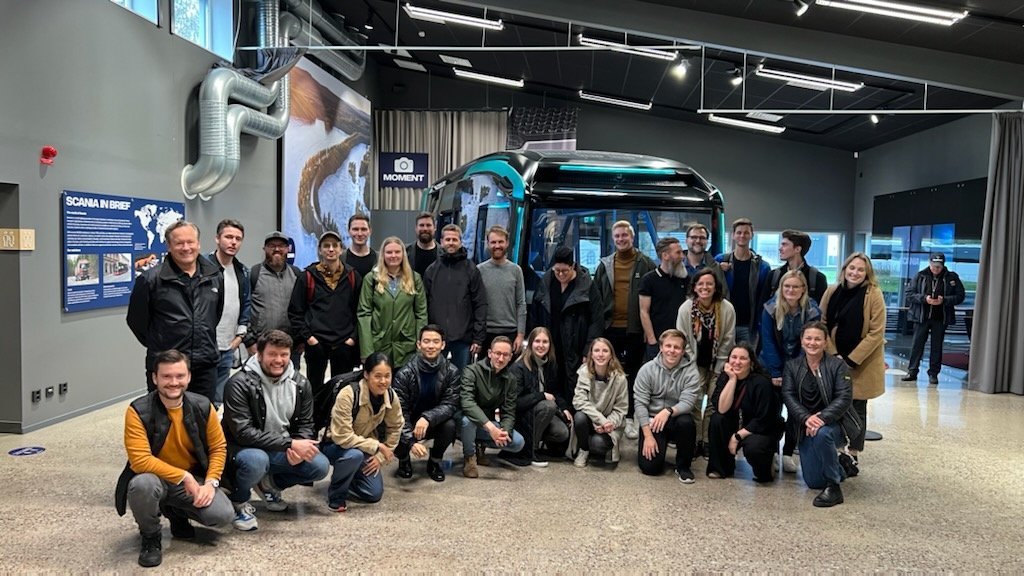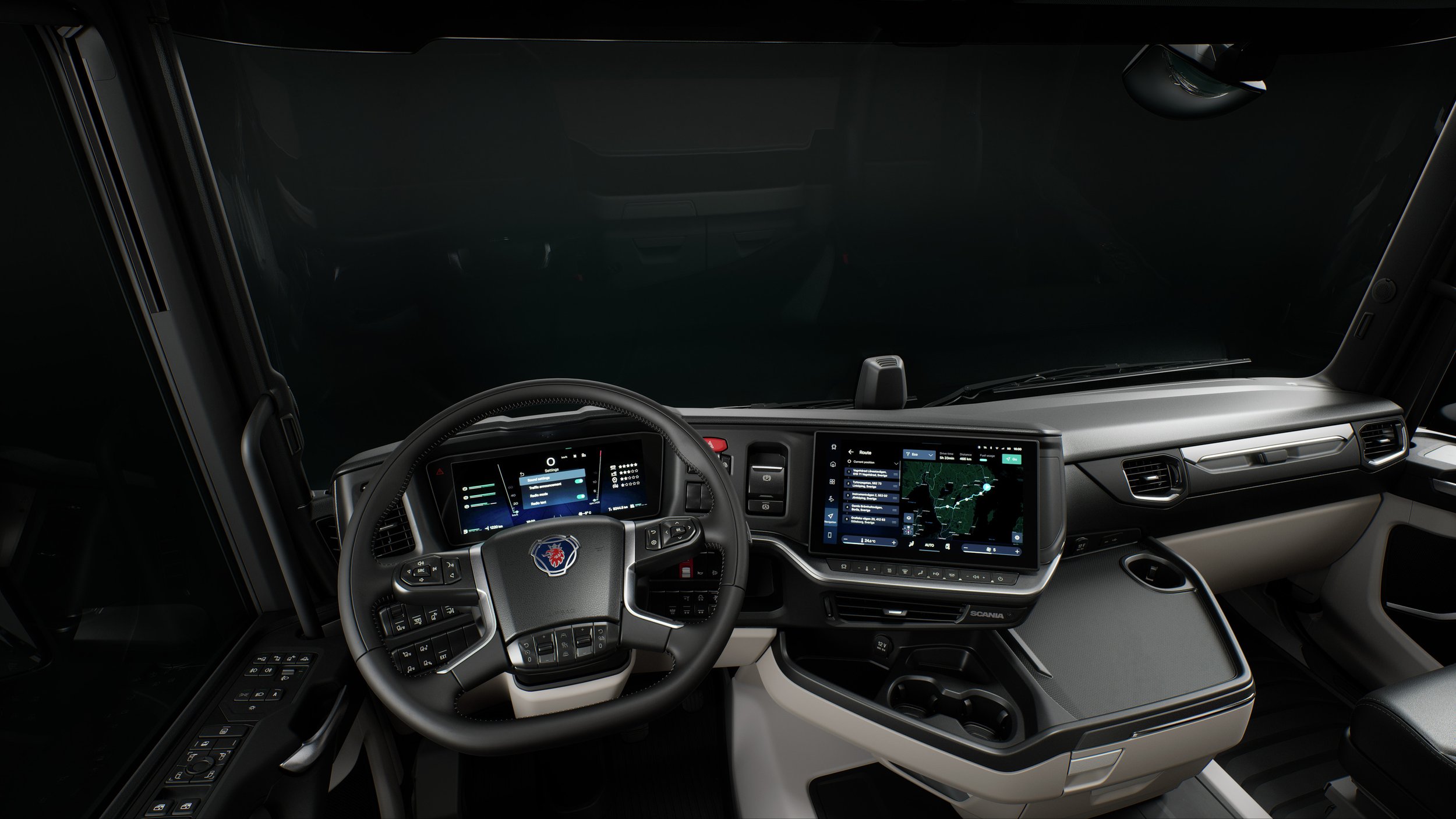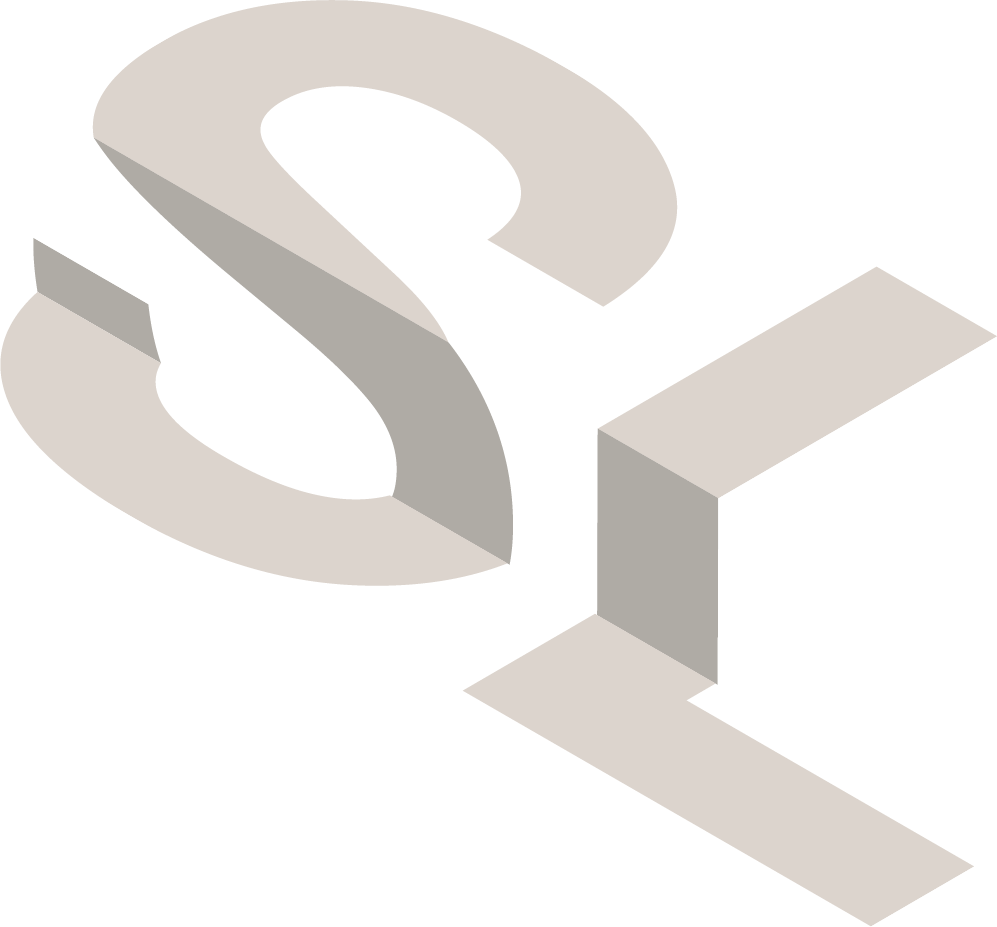
Scania Smart Dash
Starting the street-smart revolution
Challenge
Create a safer, smarter, and more intuitive interface to support heavy vehicle drivers.
Duration
May, 2021- April, 2023
My role
UX-designer in a team with over 30 designers in UX, UI, visualisation and 3D.
Wireframing-Figma | Quality Assurance | Cross functional collaboration | Automotive
Impact
The iterative design work delivered the user insights and a high-fidelity concept that led to the final product and launch of the Scania Smart Dash.
Crossfunctional collaboration
The team was split into sub-teams and each team was responsible for one or several functions. It's been crucial to collaborate across functions to ensure that the interaction is consistent throughout the process.
We worked in sprints with shared feedback sessions, both internally and with the client, to ensure that we knew of any changes within the scope and to support and inspire each other.
Furthermore, collaborating with stakeholders through workshops, and with developers and function owners was necessary to ensure technical feasibility and market value.
Understanding the user through driving heavy vehicles
I got to test drive several truck models at the test site to empathise with drivers and better understand the context. I understood what it's like to manoeuvre a heavy vehicle while driving and at the same time interact with the infotainment system. Through this experience, I developed a deeper understanding of the different tools that are a part of the user's workday. A challenge I discovered was to, while providing sufficient information, avoid unnecessarily attracting drivers' attention to the screen. Test driving vehicles was critical to understanding user needs and challenges and creating a foundation for designing an intuitive and safe experience.
Connectivity and Device mirroring
A major challenge with Apple CarPlay and Android Auto was that they weren’t designed for commercial vehicles and driver needs, making integration difficult. One key issue was ensuring smooth access to the truck's tools while meeting certification requirements. I created wireframes and interaction flows, then collaborated with the function owner and development team to find the best solution. We realized we needed to negotiate with a third party, and I presented our findings and Insights from our discussion to the stakeholders to ensure that they understood why it was necessary to take this further.
In the Connectivity domain, I collaborated closely with developers, learning how they work and what they need for successful implementation. We focused on determining when custom solutions were necessary for optimal user experience, while balancing the risks of future maintenance or updates. Prioritizing user needs and having a shared vision allowed us to find the best solutions together.
Test and Quality assurance
When a concept was ready, it was tested with users and the outcomes were iterated upon. As a last step, we made sure that the design matched the implementation through Quality assurance together with developers, designers and function owners.
The outcome
The iterative design process prioritised interaction to ensure a user-centric experience that was both intuitive and safe. This ensures that the result leads to increased productivity, fewer accidents and safer drivers. We delivered user insights and a high-fidelity concept that led to the final product and launch of the Scania Smart Dash.
Initiating the street-smart revolution
My main responsibilities were Connectivity and Device mirroring. I led the work with designing the Connectivity domain however, during my time on the project I worked on several features and domains throughout the system, for example, Widget customisation, Radio and media and several truck-specific tools. I created wireframes in Figma and later protoypes that could be tested with users.





